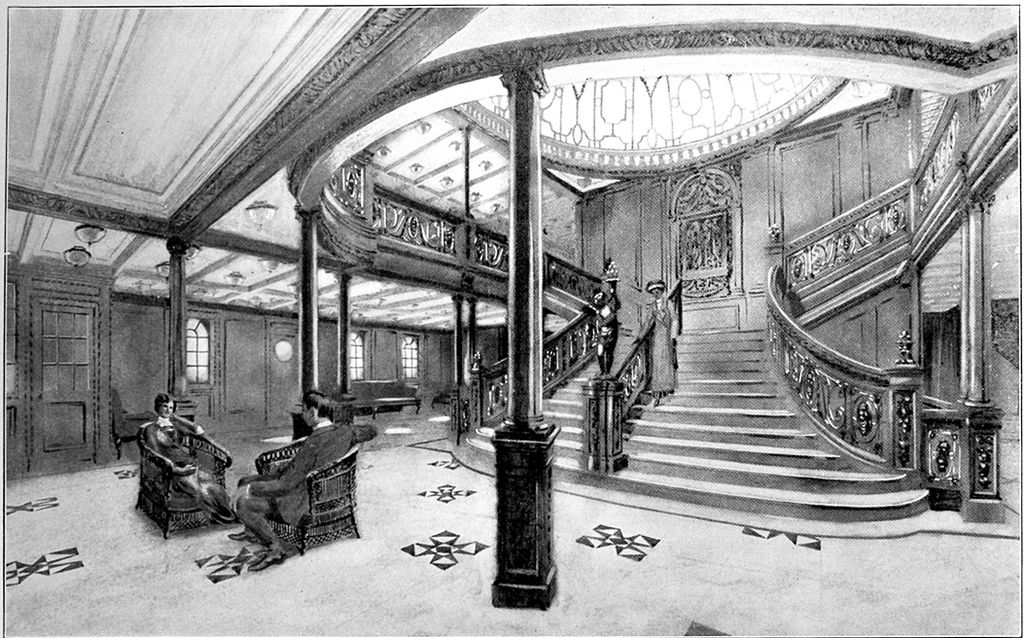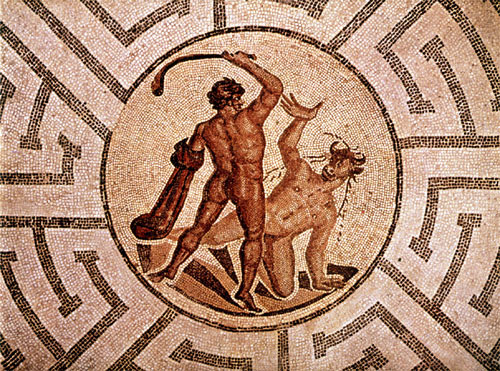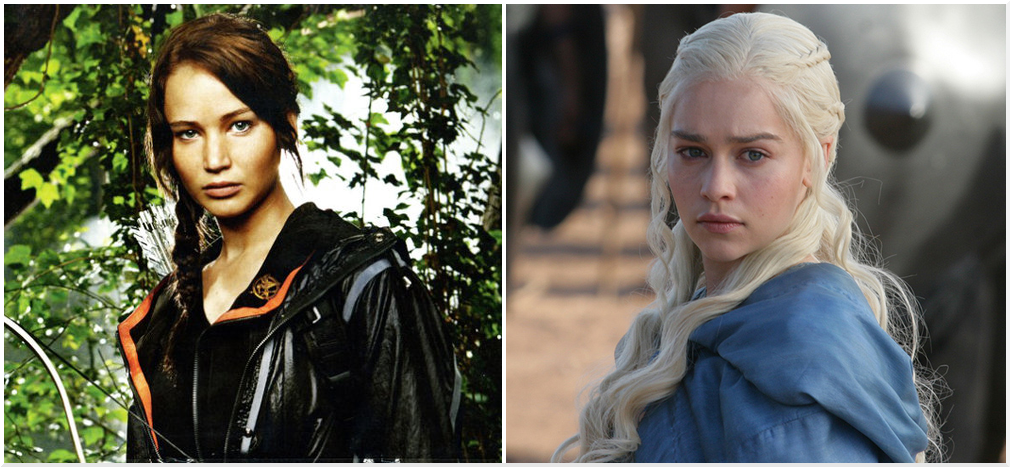Although The Hunger Games and Game of Thrones are both runaway bestsellers, in some ways, they couldn’t be more different. Game of Thrones is a historical high fantasy epic and The Hunger Games is a dystopian YA thriller. Still, the novels and spin-off films have more in common than is visible at first glance. What secret do The Hunger Games and Game of Thrones share? Both novels borrow from history in unconventional ways to ground their worlds in reality.
Underpinning fiction with tales from history is nothing new. Writers and directors from the sixteenth century to today have immortalized historical events in narratives like Shakespeare’s Henry V, Spielberg’s Lincoln, and even the 2014 Pompei movie. Novels that dramatize historical events, such as Ken Follett’s Pillars of the Earth, or locate fictional characters in historical worlds, such Alex Haley’s Roots, have topped the bestseller lists for decades.
Still when fiction writers borrow from history to weave their tales, the inspiration is usually obvious: the story sells itself as a fictionalization of the events. Conn Iggulden clearly based his Wars of the Roses series on, well, the War of the Roses. Even though James Cameron’s gargantuan blockbuster Titanic has a huge fictional component – Rose and Jack Dawson’s love story – Cameron intentionally evokes the 1912 ship sinking.

What’s more unusual is basing fantasy and science fiction on counterfactual versions of history, which is exactly what George RR Martin and Suzanne Collins have done. In this case, the authors aren’t necessarily writing allegories – they don’t use history to make a point about events hundreds of years ago or to make a symbolic point about . Instead, they lace their work with real events and craft strong believable plots. If anything, Martin and Collins downplay their use of history.
The Hunger Games, Greek Mythology, A City for Gladiatorial Games
Although Collins has spoken about The Hunger Games basis in Greek mythology, she has rarely discussed her use of real history. Collins herself has stated that Greek myths inspired The Hunger Games. Collins main inspiration was the cruel myth tribute King Aegeus of Athens had to pay King Minos of Crete in Theseus and the Minotaur.
As tribute for losing against Crete, Minos decreed that every seven years Athens had to send fourteen children – seven boys and girls – to Crete to be thrown into the labyrinth for the Minotaur to devour.

In the same video, Collins fleetingly mentions her debt to history towards the end, almost as an afterthought or something she wanted to downplay. Collins explains how, when looking to create a world where the savagery of the Minotaur sacrifice could exist she found inspiration in the gladiatorial games of Ancient Rome – games that were at their height between 1st century BCE (BC) and the 2nd century CE (AD).
To breathe life into a world where humans could be forced to fight to the death for popular entertainment, she had to create an all-powerful, ruthless government. Collins based the frivolous citizens of the Capitol – an audience who could dehumanize the less fortunate enough to relish watching a slave-class butcher each other – on the privileged slave-owning classes of ancient Rome.
Curiously, Collins emphasizes heroic and action-movie friendly gladiators over Ancient Rome. Perhaps, this is because she shrewdly realizes that her YA audience will likely be turned off of reading a novel based on a subject many secondary students hate: dusty old history.
Given just how much history Collins borrows, this strategy might reveal as much about our attitudes towards history as an author’s ‘secret strategy’. In a Huffington Post poll, history came in third as the most hated high school subject. Although other studies show some Americans rank history as a favourite high-school subject, it seems equally likely that many are not engaged enough in the subject to actually remember anything about it: only eleven percent of 12th grade US history students test at or above the grade’s proficiency level.
While it may be easy to deride this disengagement as a unique product of the American educational system, itís worth pointing out that secondary school students in other countries don’t necessarily love history either. In one survey, only four percent of Canadian students ranked it as their favourite subject. And students in Australia have taken to TED to suggest eliminating history from their curriculum.
Given the mixed response to history, is it any wonder that Collins appears to downplay The Hunger Games historical basis?
Is Katniss Joan of Arc?
Although Suzanne Collins has acknowledged that The Hunger Games is based on Ancient Rome and Greek mythology, nobody really seems to talk very much about the novel’s other inspiration: Joan of Arc. Nobody except Donald Sutherland, that is, who let the cat out of the bag in several interviews. He told The Telegraph that the parallels between the film’s heroine, Katniss Everdeen (played by Jennifer Lawrence), and Joan of Arc are extraordinary.

As anyone who has read the entire Hunger Games series knows, Katniss Everdeen’s tale does not mirror Joan of Arc’s life exactly, but there are some parallels.
Joan of Arc was a fifteenth-century French peasant girl who galvanized the French people to fight off invading English army during the Hundred Years War. By Joan’s time (c. 1430), opportunistic English adventurers had come to see the war with France as a way to get rich – an unfortunate development given that the English kings prosecuted the war primarily by attacking French villages and slaughtering their peasant inhabitants (“scorched earth tactics”). The result? Joan’s village, and others like it, withered under savage English raids.
Nearly seventy some odd years after the first peace in the conflict, the losing French side had nearly given up on ever evicting the parasitic English forces. As the voice of the peasants, Joan rallied French morale enough to turn the tide and eventually, after Joan’s death, defeat the English.
Joan, however, paid the ultimate price for being the heroine of France. At the tender age of roughly nineteen, pro-English clerics burned her at the stake.

Like Joan of Arc, Katniss is strongly associated with fire. In fact, she is the “Girl on fire”. Her tribute costume catches on fire and so does her skirt when she twirls during Caesar Flickerman’s TV interview. At the end of Catching Fire, as the rebels rescue Katniss from the arena, the camera frames Katniss against fire, her arms extended like a cross.

In short, Katniss Everdeen is a counterfactual modernization of Joan of Arc – a version of Joan of Arc that goes against the facts of history — and that’s rare. Collins changes some of the facts of Joan’s tale. Katniss’s story appears to asks questions like, “What if Joan lived in the future?” “What if Joan fought with an arrow?” “Would Joan kill if she had to fight for her life?”
Historian sometimes use counterfactual history as a historical method in which they pose “what if” questions about past events to gain greater insight into what did happen. “What if Richard III won Bosworth Field?” might be one example.
Stories based on modernized versions of history are relatively rare. Sure, there are numerous modernizations of classic literature – Shakespeare’s Taming of the Shrew inspired Ten Things I Hate About You, The Lion King is supposedly based on Hamlet, Pretty Woman on Pygmalion, and Bridget Jones’ Diary on Jane Austen’s Pride and Prejudice to name a few but historical events are seldom modernized.
George RR Martin’s Use of Counterfactual History
Like Suzanne Collins, George RR Martin also uses counterfactual versions of events in his stories. He isn’t writing an allegorical version of history. Rather he is grounding a fantasy world in reality.
Martin’s books have themes that subtly relate to the counterfactual questions like, “What is Edward IV died in 1461 – like Robb Stark did – what would become of his siblings?” “What if Elizabeth of York married her uncle, Richard III (like Sansa married Tyrion)?” “What if Richard III was really innocent of killing the princes in the Tower – like Tyrion is innocent of attempting to kill Bran and later killing Joffrey?” “What if Henry VII, as the conqueror across the Narrow Sea, had nuclear weapons (the way Daenerys has fire power/dragons)?”

Not all of George RR Martin’s use of history is counterfactual. Unlike Collins, his fictional universe is quite similar to the period from which it borrows events. Martin uses aspects of the late medieval world as part of his world building. Young girls marrying at thirteen or their first period. Young girls learning needlepoint. The clash between non-knighted soldiers like the Hound and true knights, increasingly rare by the late middle ages, like the Mountain. All of these are real aspects of the late middle ages.
Counterfactual history is bolder than, say, a historical novelist changing facts to suit their purposes or simply getting it wrong. I’d argue that Philippa Gregory giving Jacquetta and Elizabeth Woodville the ability to cast spells is not counterfactual history; it is just a fictional variation. Still, it might be possible to claim Gregory is answering the counterfactual question, “What if Jacquetta Woodville was really a witch?”
The difference between the way Gregory and Martin and Collins use counterfactual histories is that Martin and Collins appear to use reality to make their stories more realistic. Unlike Gregory, they aren’t writing historical fiction: they are adding historical events to stories set in other worlds to make them more realistic. These historical events are hidden and downplayed by the authors. They form the hidden backbone of the story.

